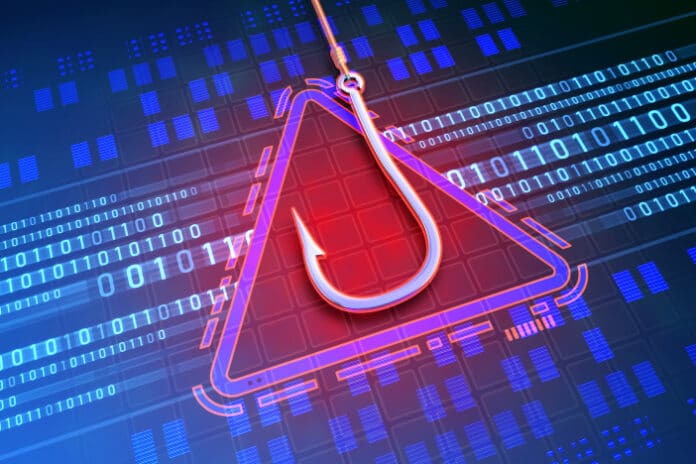Saudi Arabia is currently facing a barrage of phishing attacks. These attacks are coming in the form of emails that appear to be from trusted sources, such as banks and other institutions. The goal of these attacks is to steal personal information from the recipient, such as passwords and account numbers. If you receive an email that looks like it’s from a bank or other institution, be sure to verify the legitimacy of the sender before opening any attachments or clicking on any links.
What are phishing attacks, and how do they work?
Phishing is a type of cyberattack in which fraudulent emails are used to deceive users into disclosing sensitive information such as passwords and credit card numbers. These emails appear to come from a reputable source, such as a bank or government agency. When the user follows the link or opens the attachment in the email, they are brought to a fake website that appears identical to the real thing. The goal of this con is for the consumer to give personal information so that their identity may be stolen.
Background of the attack
According to Kaspersky digital payment, 57% percent of users have been the target of phishing assaults when using online banking and mobile wallet services. 46% stated that they had seen fraudulent websites, while 58% said they had been targeted by social engineering-based scams.
Most consumers are aware of both financial phishing assaults and internet frauds, according to the survey results (84%). Furthermore, 81% of respondents said they were informed about malware that attacks PCs and mobile phones. This sort of malicious software targets people’s bank accounts and steals their money.
What can we learn about this attack?
It is important to be vigilant when using any online service, especially when inputting personal information. Be sure to check the legitimacy of websites and email senders before entering any sensitive information. If you are ever unsure, contact the company directly to verify the request. Lastly, keep your software and virus protection up-to-date to help defend against these types of attacks in the future.
How can you protect yourself from phishing attacks?
There are several things you can do to protect yourself from phishing attacks:
- Never click on links or open attachments in emails unless you’re absolutely sure they’re legitimate. If you’re not sure, go to the website directly by typing the URL into your browser.
- Be suspicious of emails that contain typos or other grammatical errors. Attackers often rush to get their messages out, leading to mistakes.
- Hover over links in emails to see where they’ll take you before clicking on them. If the URL looks suspicious, don’t click on it.
- Install anti-virus and anti-malware software on your computer and keep it up-to-date. These programs can help protect you from malicious websites and attachments.
If you think you may have been a victim of a phishing attack, contact your bank or credit card company immediately. They may be able to help you recover your lost funds and prevent further damage. You should also change your passwords on all of your online accounts just to be safe.

